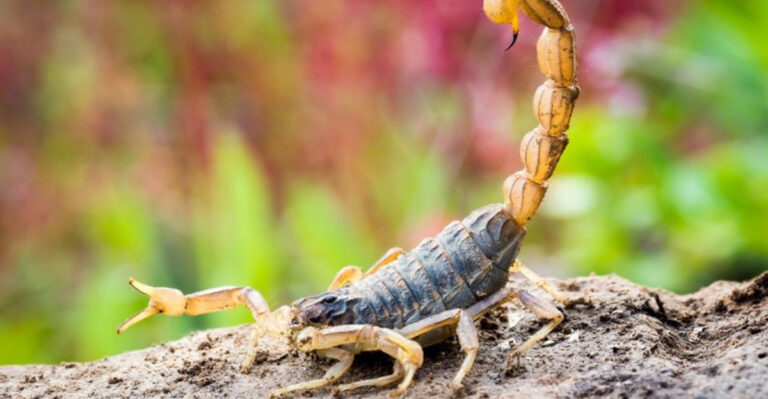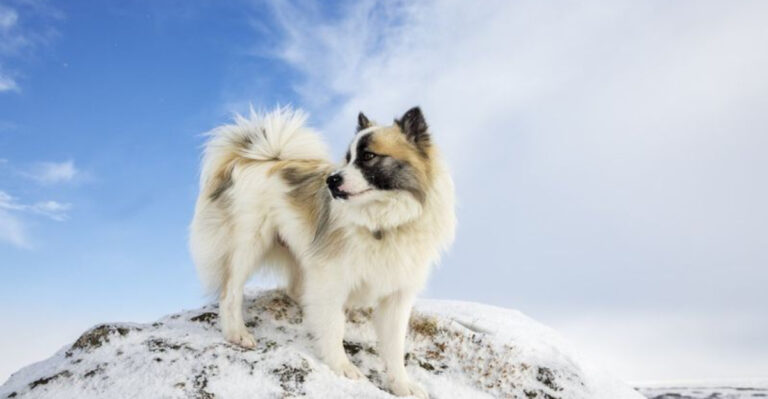19 Animals That Can Sense Natural Disasters Before They Strike

Throughout history, animals have baffled us with their uncanny ability to sense impending natural disasters.
As we explore remarkable animals, prepare to be amazed by their extraordinary instincts and abilities, which range from the subtle to the spectacular.
Each animal has its unique way of detecting nature’s fury, providing a fascinating glimpse into the wonders of the animal kingdom.
1. Rabbits

In a world of fluffy tails and twitching noses, rabbits take center stage when it comes to sensing danger. Their large ears are not just for show; they act as sensitive radar dishes detecting the faintest vibrations. Imagine a rumble in the distance—rabbits sense it long before we do.
While humans rely on technology, rabbits use their natural gifts. If Peter Cottontail is in a hurry, it might be wise to follow! Nature’s little alarms hop to it with panache.
2. Toads
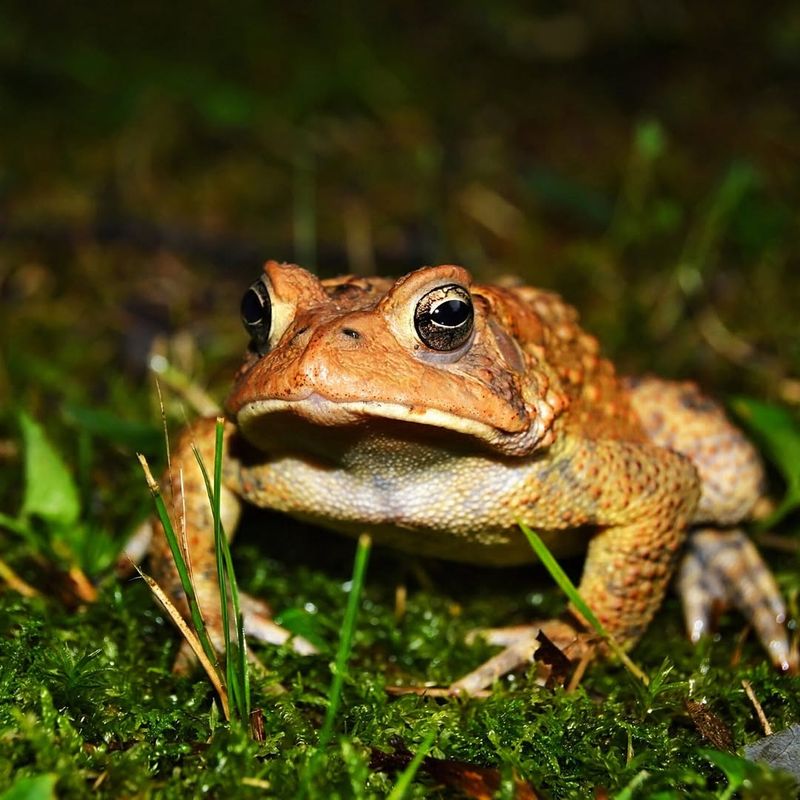
Toads might not win beauty contests, but they have a knack for predicting weather changes. Before a storm, these amphibians become restless, hopping to higher ground.
Their behavior is akin to carrying an invisible umbrella. As barometric pressure drops, toads sense the shift, warning their fellow garden dwellers. So, if you spot a toad hopping away, it might be time to take cover. Their warts might be unappealing, but their instincts are downright charming.
3. Kangaroos
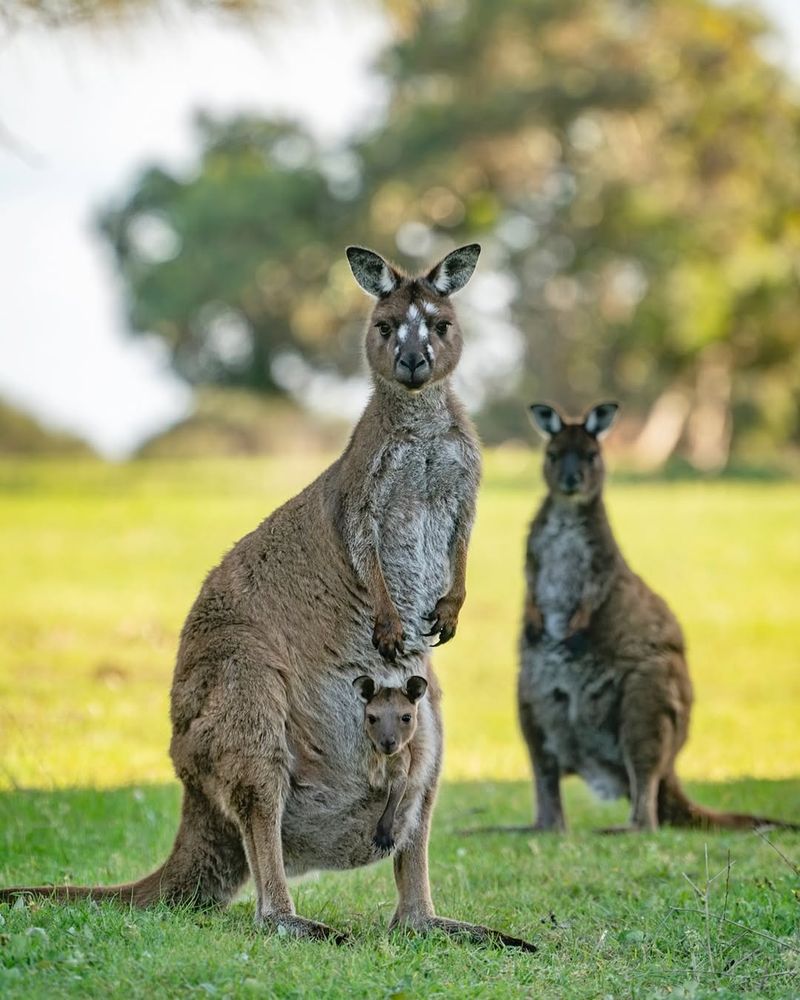
In the vast Australian outback, kangaroos are the sentinels of survival. With ears twitching and noses sniffing the air, they detect bushfire smoke long before it reaches the horizon.
When these marsupials bounce away in unison, it’s a clear signal that danger is near. Their athletic prowess isn’t just for show; it’s a vital escape mechanism. So, if you see kangaroos hopping en masse, consider it a cue to skedaddle. They leap into action with impressive finesse.
4. Flamingos
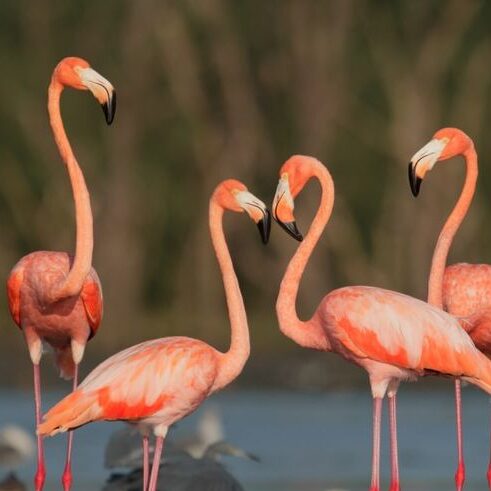
With their striking pink plumage, flamingos are hard to miss, but it’s their behavior before a cyclone that’s truly remarkable.
These elegant birds often relocate to safer areas well before storms hit. Their ability to sense pressure changes is like having a built-in weathervane.
As skies darken, flamingos take flight, leaving behind their watery homes. If the flamingos are flying the coop, it’s best to check the weather forecast. Nature’s barometer never looked so fabulous.
5. Elephants

With the grace of a gentle giant, elephants possess an ability to sense seismic vibrations. Their trunks and feet pick up low-frequency sounds that hint at an earthquake’s approach.
Often seen migrating to safe ground before disaster strikes, elephants are nature’s true seismologists. If a herd begins to move with purpose, it’s wise to heed their warning.
These majestic creatures combine size with sensitivity, proving that sometimes, it pays to listen to the elephants in the room.
6. Snakes
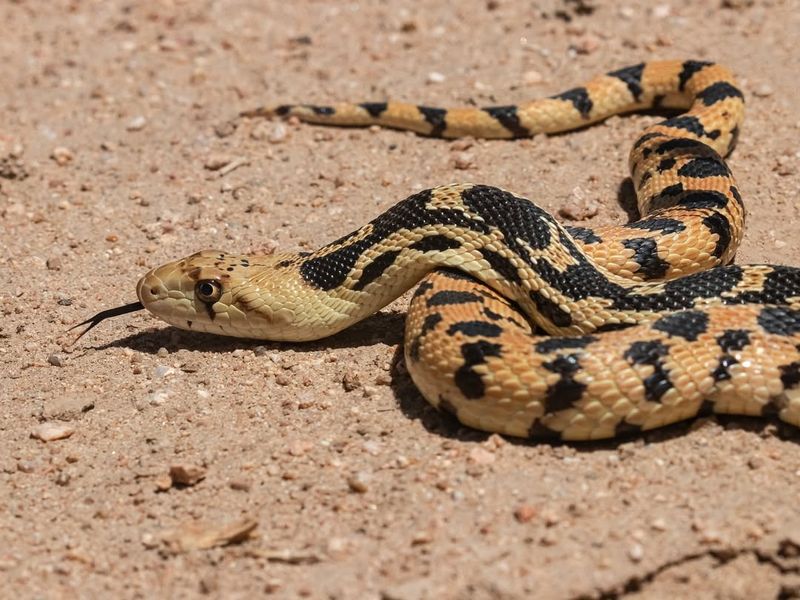
Slithering silently, snakes are nature’s silent sentinels. Their scales pick up vibrations that are imperceptible to humans, making them adept at sensing earthquakes.
When you see a snake on the move, it might be nature’s way of saying a shake-up is on the way. Though often feared, their role in nature’s warning system is invaluable.
As they glide away gracefully, remember they’re not just escaping; they’re offering us a heads-up, one slither at a time.
7. Sharks

In the ocean’s depths, sharks reign supreme not only as predators but as barometers of the sea.
Sensitive to changes in the electromagnetic field, they can detect brewing storms well in advance. If a shark’s dorsal fin disappears from view, it might be seeking calmer waters.
While they might send shivers down our spines, sharks’ ability to warn of impending danger is impressive. Next time you’re on a beach, keep an eye on these oceanic forecasters.
8. Cows

Moo-ve over meteorologists! Cows have a reputation for predicting rain by lying down. While it might sound like an old wives’ tale, this behavior is rooted in their sensitivity to atmospheric changes.
As pressure drops, cows often seek the comfort of the ground. If you notice a herd taking a sudden siesta, it might be time to grab an umbrella. Their predictions might not always be spot-on, but they’re certainly more entertaining than a weather report.
9. Spiders

Arachnophobes beware! Spiders, with their intricate webs, are attuned to the slightest tremors. Their ability to sense seismic activity makes them mini earthquake detectors.
When spiders start to abandon their webs en masse, it’s not just a mass exodus—it’s a red flag. While their eight legs might give you the creeps, their seismic skills are nothing short of amazing.
Consider them nature’s eight-legged early warning system, ready to alert at the first sign of trouble.
10. Butterflies

Fluttering with grace, butterflies seem delicate, yet they possess a remarkable ability to sense weather changes. When storms approach, butterflies often seek shelter, disappearing from gardens.
Their migration patterns, driven by atmospheric shifts, act like nature’s poetry in motion. If the butterflies vanish, it may be time to find a cozy nook indoors.
Though ephemeral, their dance is a reminder of nature’s interconnectedness, and their instincts are as vibrant as their colorful wings.
11. Weasels

Weasels, with their slender bodies, are surprisingly sensitive to vibrations in the earth. Their burrowing lifestyle equips them with seismic awareness that rivals modern equipment.
If a weasel pops its head out and scurries away, it’s wise to stay alert. These nimble creatures might not boast the grandeur of elephants, but their instincts are sharp.
Underestimate them at your peril, for they are nature’s unassuming watchmen, always on the lookout for the slightest tremor.
12. Bats
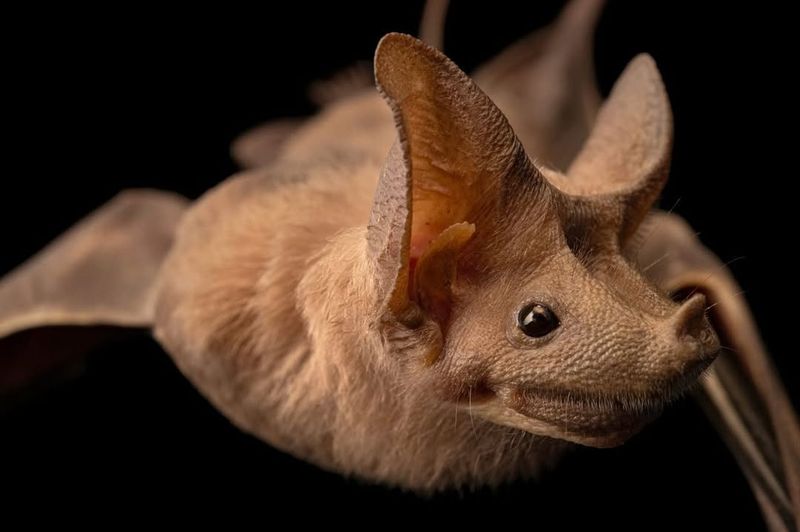
Masters of echolocation, bats have an uncanny ability to detect atmospheric changes. Before storms, they may alter their flight patterns, leaving their roosts en masse.
Their evening exodus can signal more than just a night hunt – it may indicate an approaching tempest. Though often associated with mystery, bats are nature’s skyward sentries.
If you observe them departing earlier than usual, it might be wise to head indoors. These nocturnal navigators often know when clouds are gathering.
13. Giraffes
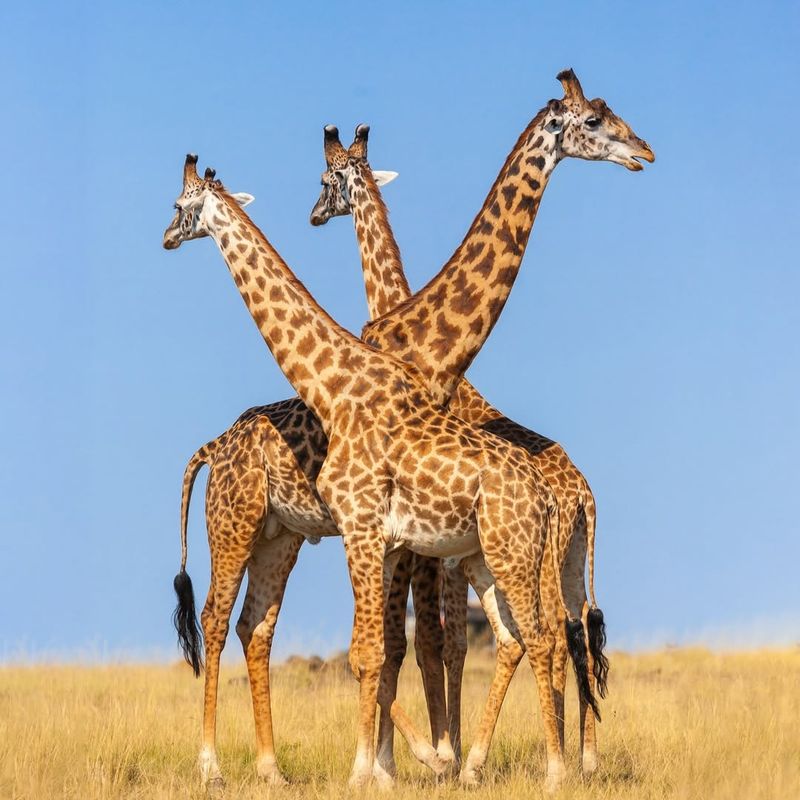
Towering above all, giraffes have a unique vantage point for observing weather patterns. Their keen senses allow them to detect distant storms, often prompting a leisurely, yet deliberate, saunter toward safety.
With necks craned skyward, giraffes are the original tall weather stations. If these gentle giants decide to roam, it’s wise to pay attention. Their quiet confidence is a testament to the might of the animal kingdom, reminding us that sometimes, the best view is from the top.
14. Rats

Often maligned in tales of urban chaos, rats are surprisingly adept at sensing danger. Their whisker sensitivity to vibrations makes them keen earthquake detectors.
When a rat darts for cover, it’s more than just instinct—it’s a natural alarm. While they might not be the heroes of fairy tales, their survival skills are legendary.
These cunning creatures remind us that even in the unlikeliest places, nature is quietly at work, orchestrating a symphony of survival.
15. Bees

Buzzing busily, bees are more than honey producers – they’re weather forecasters. Sensitive to atmospheric changes, bees may retreat to their hives in anticipation of storms.
The sudden stillness of a once-busy hive is a natural warning signal. While we rely on weather apps, bees trust their instincts, and they’re seldom wrong.
If the buzz fades and the hive is humming with activity, it’s time to prepare for rain. These diligent creatures work tirelessly, even when skies threaten.
16. Dogs

Man’s best friend is also nature’s alert system. Dogs possess acute hearing and a keen sense of smell, allowing them to detect storms before they arrive.
When Fido starts acting restless or anxious, it’s likely a natural warning. Their reactions might range from barking to seeking shelter, showcasing their protective instincts.
Loyal and loving, dogs remind us of the bond between humans and animals, and their uncanny ability to sense danger keeps them a step ahead.
17. Horses

Graceful and attentive, horses are naturally tuned to their environment. Their sensitivity to barometric pressure changes means they may become restless before a storm.
An agitated horse, with nostrils flaring, often signals impending weather shifts. Riders and farmers alike trust their equine companions’ instincts.
When horses gather or pace nervously, nature’s forecast is clear. Their majestic presence is coupled with a perceptive nature, making them reliable partners in weather awareness, always ready to trot away from trouble.
18. Cats
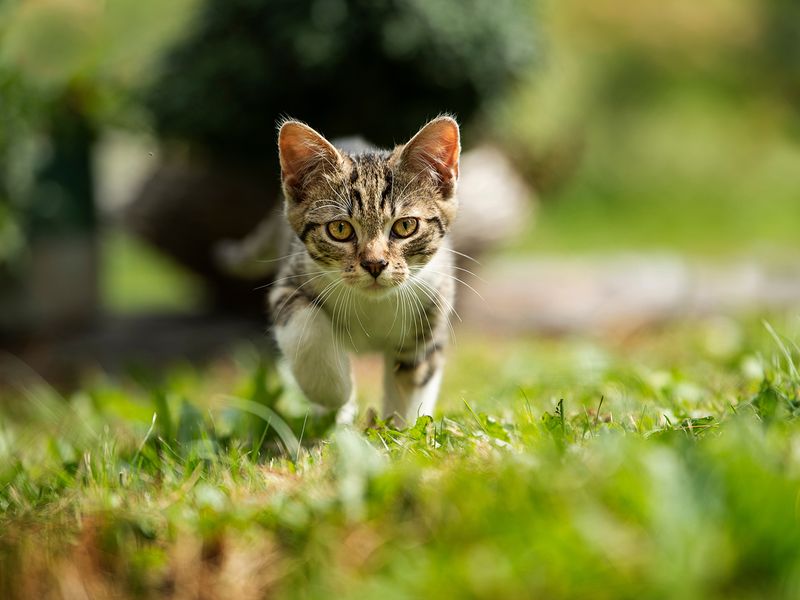
With an air of aloofness, cats possess an intriguing ability to detect seismic activity. Their sensitivity to vibrations and electromagnetic changes often signals impending quakes.
Watch for heightened alertness or sudden skittish behavior in your feline friend. Though they may seem indifferent, cats are finely tuned to nature’s whispers.
Their mysterious demeanor hides a keen awareness, proving that beneath the purr and fur lies a vigilant sentinel, always poised to react to the earth’s murmurs.
19. Turtles

Slow and steady might win the race, but it also senses danger. Turtles, especially those by the sea, can detect changes in ocean currents and pressure, hinting at tsunamis.
Their calm demeanor belies their acute awareness of underwater disturbances. When turtles head for higher ground, it’s a wise move to follow.
Their ancient lineage is a testament to survival, and their instincts are honed by eons of evolution. Nature’s armored sentinels, turtles remind us to heed their silent calls.





